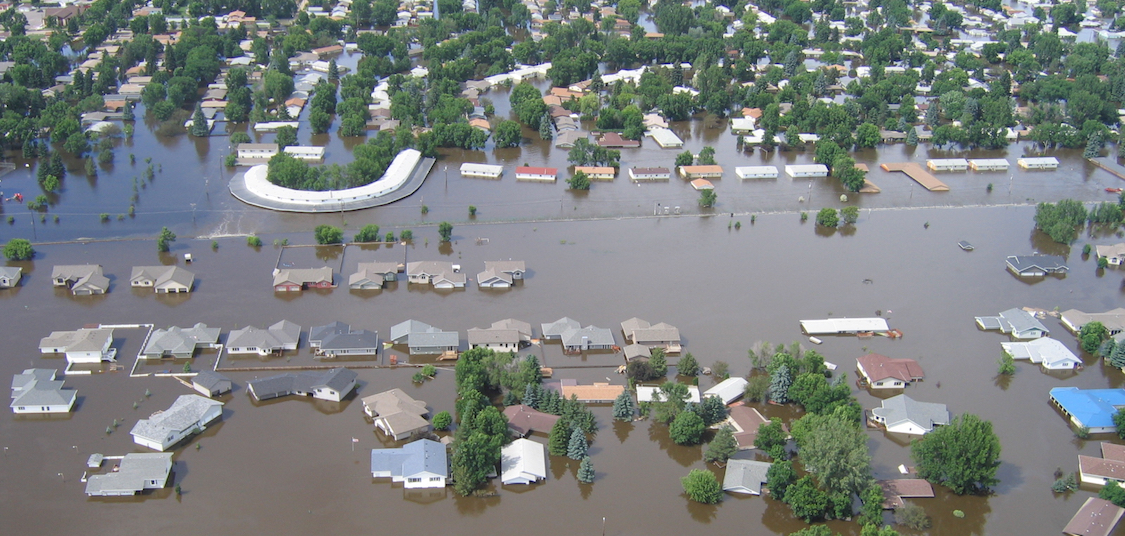2 min read

Farmers, ranchers, and community resource managers know all too well that climate change can contribute to increased drought in the western United States. A new web-based platform called OpenET puts NASA data on water in 17 western states into the hands of users, helping them better calculate crop water requirements, use water more efficiently, and better plan irrigation.
The “ET” in OpenET stands for evapotranspiration, which is the process through which water leaves plants, soils, and other surfaces and returns to the atmosphere. Warmer temperatures from climate change can even increase the rate at which water evaporates from plants, meaning many farms in the region need to increase irrigation to protect their crops. Evapotranspiration is a crucial measurement for farmers and other water-resource managers, especially in the western United States, where most of the water used by people goes to irrigate crops and produce food. The primary satellite dataset for OpenET is from the Landsat program, a partnership between NASA and the U.S. Geological Survey (USGS).
In addition to helping farmers, OpenET also can enable rural communities and water managers to design locally driven water conservation, trading, and other innovative programs to build more sustainable water supplies.
More details about NASA’s role in this project can be found in the story OpenET: A Transformative Tool for Tracking Water in the U.S. West.







